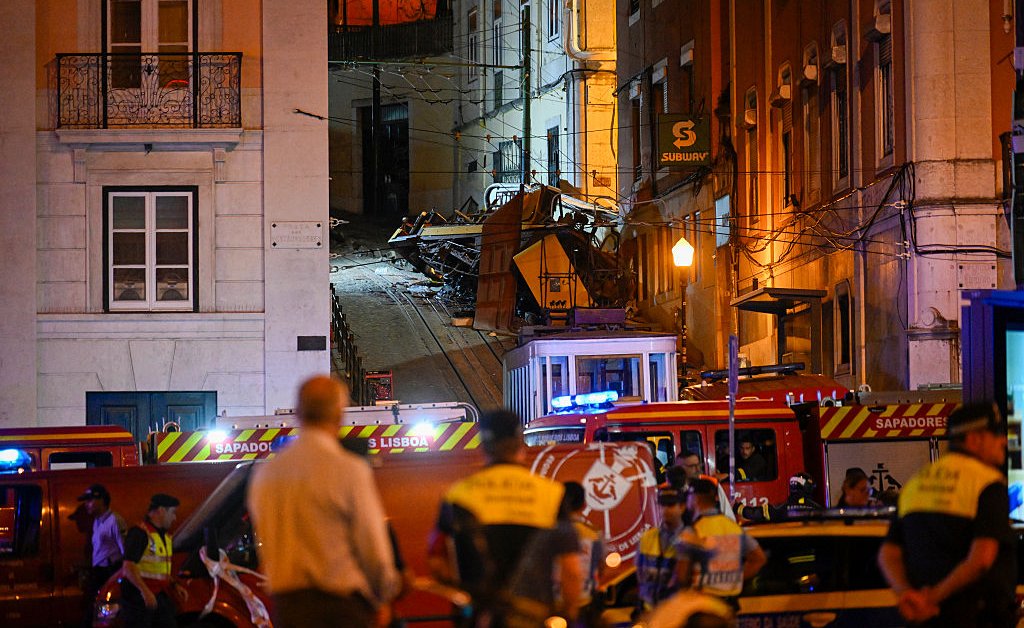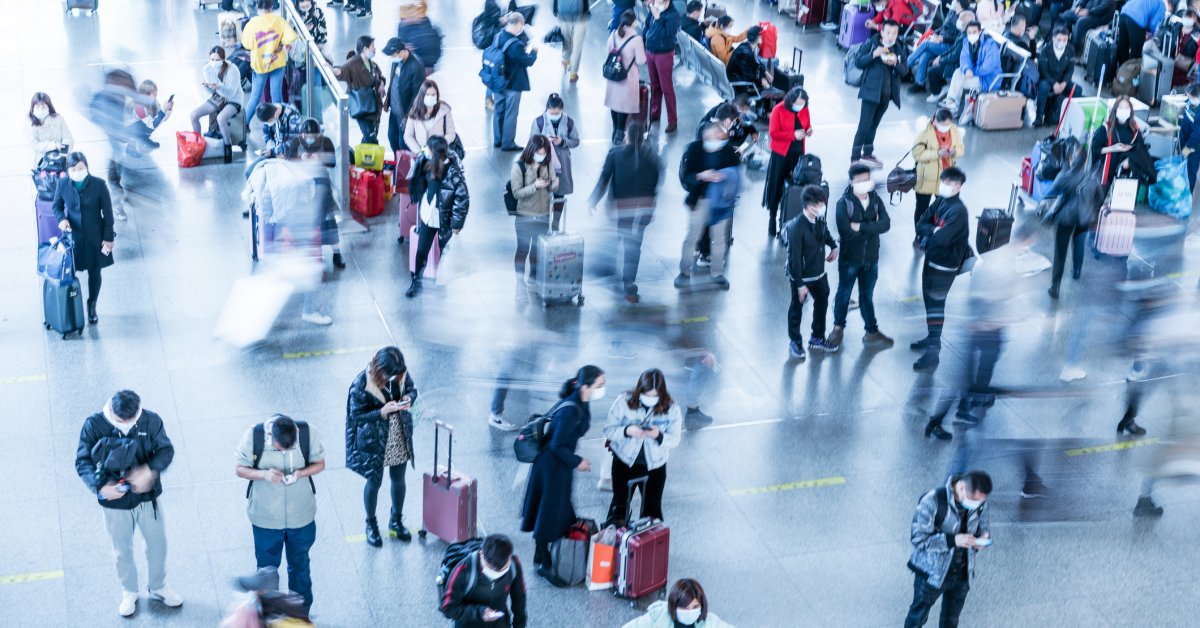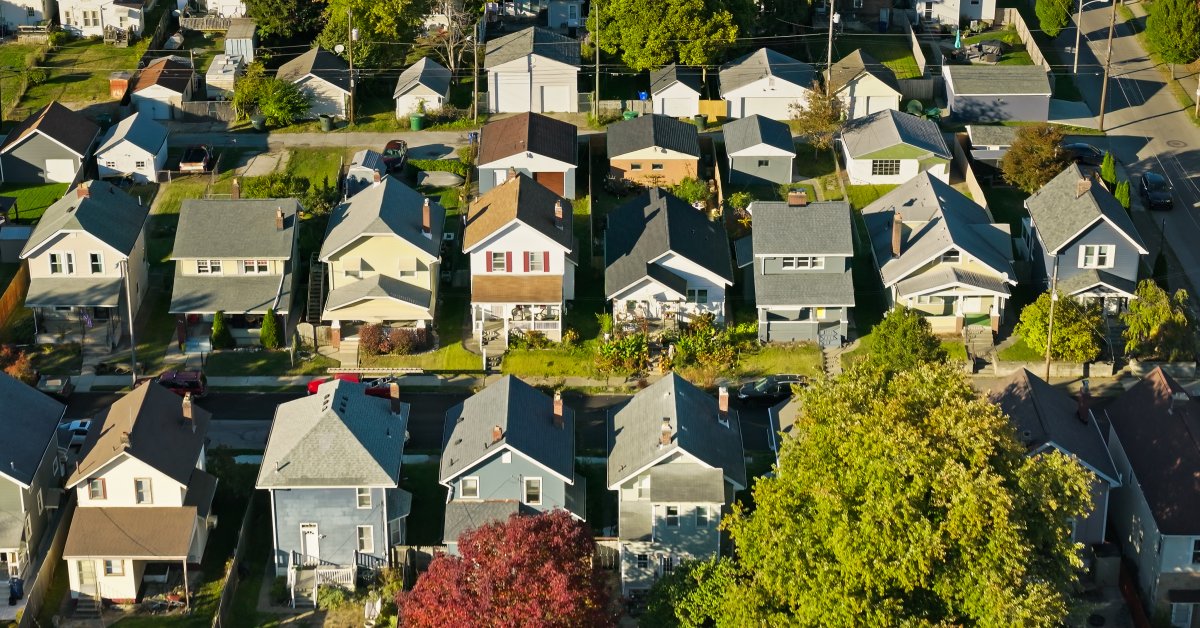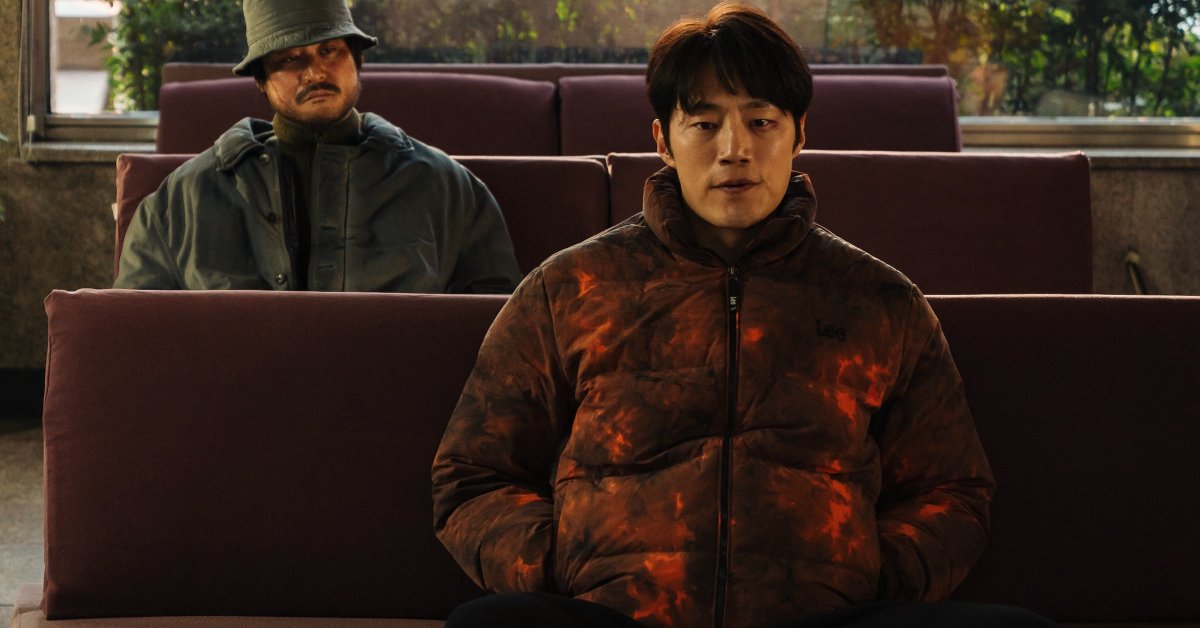At least 15 people were killed when a world-famous funicular railcar derailed and overturned in Lisbon, Portugal, on Wednesday.
A carriage on Glória Funicular, which connects Lisbon’s downtown near the Restauradores Square with its upper quarter, known as the Bairro Alto, derailed at around 6:15 p.m. local time (1:15 p.m. E.T.), overturning onto its side and crashing into a building. At least 23 others were injured in the crash, including five who are in critical condition, according to a police statement to Portuguese network SIC.
“The Government and the Prime Minister deeply regret the accident that occurred this afternoon in the Glória elevator in Lisbon, and express their deep consternation and solidarity with the victims and their families,” the office of Portugal’s Prime Minister Luís Montenegro said in a statement. “The Government is monitoring the situation and the response of various public medical emergency authorities, health units, civil protection, security forces, and transportation.”
The Portuguese government declared Thursday a day of national mourning.
Here’s what to know about the fatal crash.
140 year old system
The Glória Funicular is one of Lisbon’s three funicular elevators—cable railways that travel up and downhill. Two streetcars are connected to opposite ends of a single cable, counterbalancing each other. As one car goes down, its weight helps the other car go up. Some funiculars are driverless, but the Glória Funicular typically has a brakeman on board, who controls the streetcar’s movement.
First opened in 1885, the Glória funicular was electrified in 1915. The railway transports around 43 people per car, and carries around three million passengers every year, according to Lisbon’s town hall. The funicular is popular with tourists, but is also used daily by city residents. It was classified as a heritage site in 1995 and then as a national monument in 1997.
Cause of crash is being investigated
Videos of the accident show the carriage toppled to its side and crashed into a building on the steep and narrow street, with parts of the streetcar crumpled. The streetcar crashed on Rua da Gloria in central Lisbon.
Eyewitnesses told SIC that the funicular appeared to have lost control, hitting the building with “brutal force” and falling apart “like a cardboard box.”
The cause of the accident was not immediately known, although the car appeared to have derailed, which a source from the Lisbon Firefighters Regiment told local media may have been caused by a loose cable leading to brake failure. Prosecutors have launched an investigation into the crash.
Emergency services deployed 62 rescuers and 22 support vehicles to the crash, according to local media. Lisbon’s City Council shut operations of other streetcars and ordered immediate inspections.
What we know about the victims
At least 15 people were killed in the crash and at least 23 injured, according to city officials.
Among those injured was a three-year-old child, according to local media. No children were among the 15 killed.
Transport workers’ union SITRA posted on social media that one of its members, André Marques, had been killed in the accident, according to the Associated Press.
The nationalities of all the victims are not yet known, but among them were both local and foreign surnames, Tiago Augusto, head of Portugal’s emergency services, said at the scene. A South Korean citizen is reportedly among the casualties, while Australia’s Department of Foreign Affairs and Trade told NewsWire that they are providing consular assistance to one person, but are not aware of any Australians who were killed or seriously injured. The Spanish Ministry of Foreign Affairs said two Spanish citizens were injured, according to Europa Press.
“It is with sadness that I learned of the derailment of the famous ‘Elevador da Glória,’” European Commission President Ursula von der Leyen posted on X. “My condolences to the families of the victims.”
“Appalled by the terrible accident of the Glória funicular in Lisbon,” Spanish Prime Minister Pedro Sánchez posted on X. “All our affection and solidarity with the families of the victims and with the Portuguese people in this difficult moment. And our wishes for a speedy recovery to the injured people.”
Record of maintenance issues
The Glória Funicular has had a history of maintenance issues, according to local media. In May 2018, one of the funicular’s cars derailed due to a serious maintenance failure of its wheels, although the car did not overturn and no one was injured, according to Público, a Portuguese daily national newspaper. The elevator was closed for one month.
Workers have also reported maintenance issues on multiple occasions, Público reported. Maintenance for the railway has been outsourced to an external contractor since 2011 and has been handled by MAIN – Maintenance Engineering since 2022.
Municipal public transport company Carris, which operates Lisbon’s funicular lines, has “scrupulously followed” all maintenance protocols, Pedro de Brito Bogas, the head of Lisbon Carris, said on Wednesday at the site of the crash, according to local media.
The most recent maintenance operation, an interim maintenance which takes place every two years, on the elevator was carried out between Aug. 26 and Sept. 30, 2024, local media reported. General maintenance takes place every four years and was last carried out in 2022, Bogas said, adding that weekly and monthly maintenance and daily inspections are also carried out.
“At this point, we don’t even know if it was a maintenance issue. We’re investigating, the investigation is ongoing, and external entities are also investigating,” Bogas said. “Carris values safety very much.”








